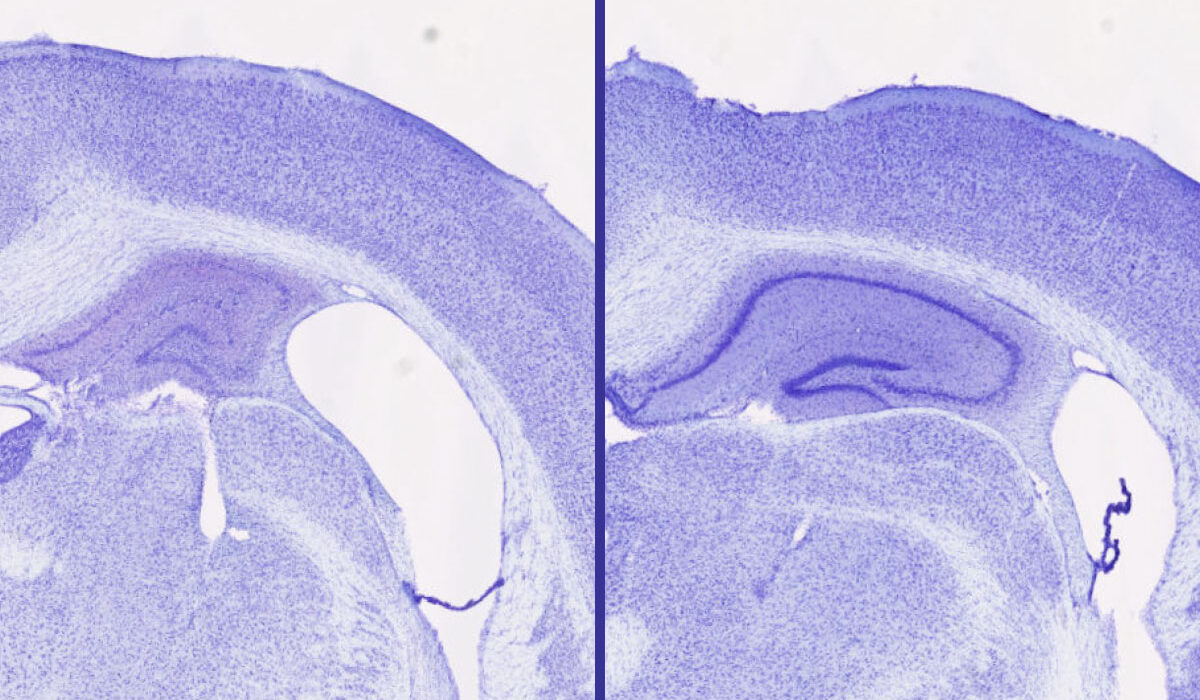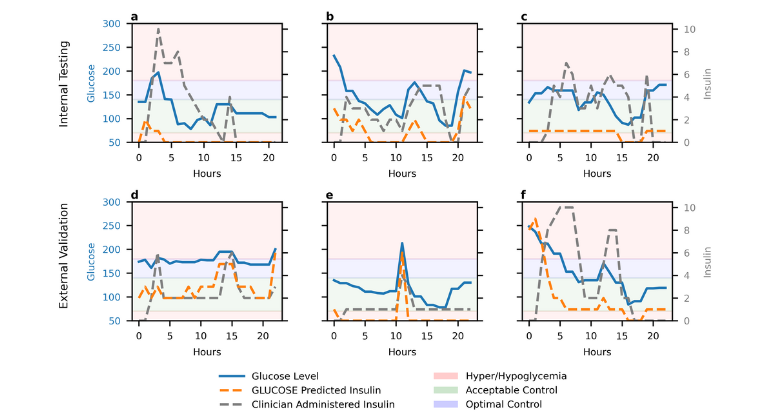2025-05-28 ワシントン大学セントルイス校
<関連情報>
- https://source.washu.edu/2025/05/myosin-makes-the-moves-to-keep-cell-processes-humming-along/
- https://engineering.washu.edu/news/2025/Myosin-makes-the-moves-to-keep-cell-processes-humming-along.html
- https://www.science.org/doi/10.1126/sciadv.adv7875
能動輸送が細胞内でのタンパク質凝縮を可能にする Active transport enables protein condensation in cells
Gaurav Chauhan, Edward G. Wilkinson, Yaning Yuan, Samuel R. Cohen, […] , and Lucia C. Strader
Science Advances Published:23 May 2025
DOI:https://doi.org/10.1126/sciadv.adv7875

Abstract
Multiple factors drive biomolecular condensate formation. In plants, condensation of the transcription factors AUXIN RESPONSE FACTOR 7 (ARF7) and ARF19 attenuates response to the plant hormone auxin. Here, we report that actin-mediated movement of cytoplasmic ARF condensates enhances condensation. Coarse-grained molecular simulations of active polymers reveal that applied forces drive the associations of macromolecules to enhance phase separation while giving rise to dense phases that preferentially accumulate motile molecules. Our study highlights how molecular motility can drive phase separation, with implications for motile condensates while offering insights into cellular mechanisms that can regulate condensate dynamics.


